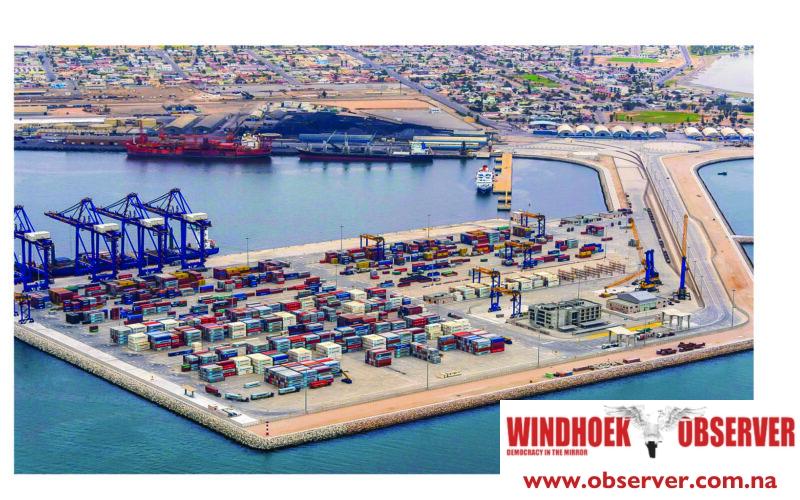Allexer Namundjembo
The Namibian Ports Authority (Namport) has defended the performance of the Port of Walvis Bay after it ranked 376th out of 405 ports worldwide in the 2024 Container Port Performance Index (CPPI).
The CPPI, published by the World Bank and S&P Global Market Intelligence, measures how efficiently ports handle container vessels.
Namport acknowledged the findings but said the results were influenced by global and regional challenges beyond its control.
“While Namport acknowledges the findings of the report, it is important to note that the 2024 CPPI results were guided by global and regional factors that had a direct impact on port performance across the Southern African region,” Namport said in a statement on Tuesday.
Namport said the Red Sea crisis and geopolitical instability disrupted major shipping routes, forcing many lines to reroute vessels around the Cape of Good Hope.
Namport said the diversion led to a surge in vessel traffic, including enormous ships that do not usually call at Walvis Bay.
It added that this sudden influx put extra pressure on tug and pilotage services, as it prioritised the safe and efficient handling of all vessels within the port limits.
Namport stated that most Southern African ports faced similar operational challenges and recorded lower rankings.
Despite these conditions, the port authority said Namibia’s ports showed relative improvement compared to previous years, reflecting progress in operations and service delivery.
Namport said it remains confident that ongoing investments in infrastructure and efficiency will strengthen Walvis Bay’s competitiveness.
The authority is compiling an internal report to analyse the CPPI results and identify areas for improvement.
“We view the CPPI as a valuable benchmarking tool that helps us refine our processes and identify opportunities for greater efficiency,” said Elias Mwenyo, Namport’s executive for commercial.
“With our ongoing investments in infrastructure, equipment, and technology, we are confident that the future CPPI results will reflect the positive outcomes of our transformation efforts,” added Mwenyo.
Namport said global shipping rerouting increased congestion and waiting times, straining port resources.
Despite this, the company recorded one of its strongest operational performances in recent years. Its 2024–2025 financial report shows that the Walvis Bay and Lüderitz ports handled a combined 8.42 million tonnes of cargo, the highest throughput in more than a decade, even as vessel calls declined due to larger ships.
Walvis Bay’s CPPI score dropped from –19 in 2020 to –91 in 2024, its lowest in five years. Namport maintained that its current investments and reforms are building a foundation for future improvement.
The CPPI ranks ports based on the total time ships spend from arrival to departure. The 2024 edition covered 405 ports, including 57 new entries, the largest dataset so far.
Despite the low ranking, Namport said the Port of Walvis Bay remains a key logistics hub for Southern Africa and a vital trade gateway for landlocked SADC countries.
“The Authority remains fully committed to continuous improvement, service excellence, and positioning Namibia as the logistics hub for Southern Africa,” Namport said.
Namport believes that ongoing reforms and infrastructure projects will help improve the port’s efficiency and future rankings.




